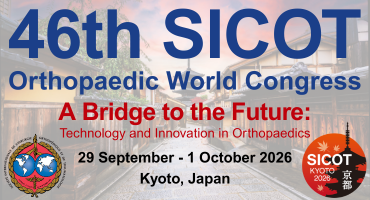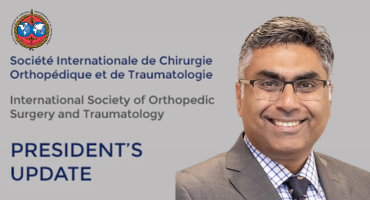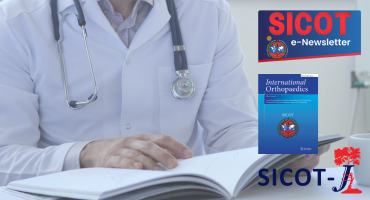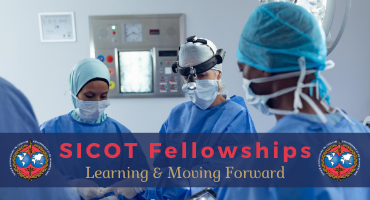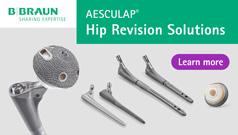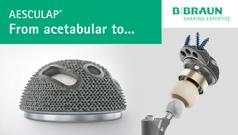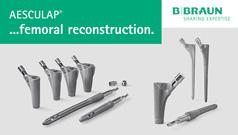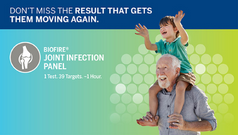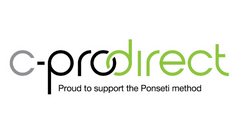Anatomical considerations in fixation of sternal fractures and nonunions
Injury. 2025 Oct 26;56(12):112848. doi: 10.1016/j.injury.2025.112848. Online ahead of print.
ABSTRACT
INTRODUCTION: To analyze the anatomy of the sternum and manubrium with a focus on the proximity of vital posterior structures to provide surgeons with guidelines for screw length and to increase awareness of locations for the safest hardware placement.
MATERIALS AND METHODS: A retrospective chart review was conducted at a level one trauma center in the southeastern United States. Patients with a chest CT in 2022 without evidence of abnormalities or prior cardiac or thoracic surgery, chest trauma, or sternotomy were included in the study. The primary study measures were dimensions of the manubrium and sternum and distances to nearby structures including the right atrial appendage, the main pulmonary artery, ascending aorta, right brachiocephalic artery, superior vena cava, and left and right brachiocephalic veins.
RESULTS: 20 male (mean body mass index 29.0, mean age 50.5) and 20 female (mean body mass index 28.9, mean age 64.7) subjects were included. The smallest depth measurements of the manubrium and sternum were 10.3/9.3 mm (male/female) and 10.1/9.2 mm (m/f), respectively. The closest structures behind the manubrium were the left and right brachiocephalic veins with mean distances of 9.8/6.3 mm (m/f) and 15.5/13.5 mm (m/f), respectively. This was followed by the right brachiocephalic artery with mean distances of 20.9/16.4 mm (m/f). The closest structure behind the sternum was the right ventricle with mean distances of 8.5/8.4 mm (m/f), then the right atrial appendage with mean distances of 24.6/21.4 mm (m/f). Inter-rater reliability exceeded 0.80, indicating good reliability.
DISCUSSION AND CONCLUSION: Proximity of vital structures behind the sternum and manubrium creates challenges for bicortical screw fixation of the sternum and manubrium. Females had shorter distances indicating greater potential for injury. Understanding locations of vital structures can assist in preoperative planning and decrease complications.
PMID:41207000 | DOI:10.1016/j.injury.2025.112848






